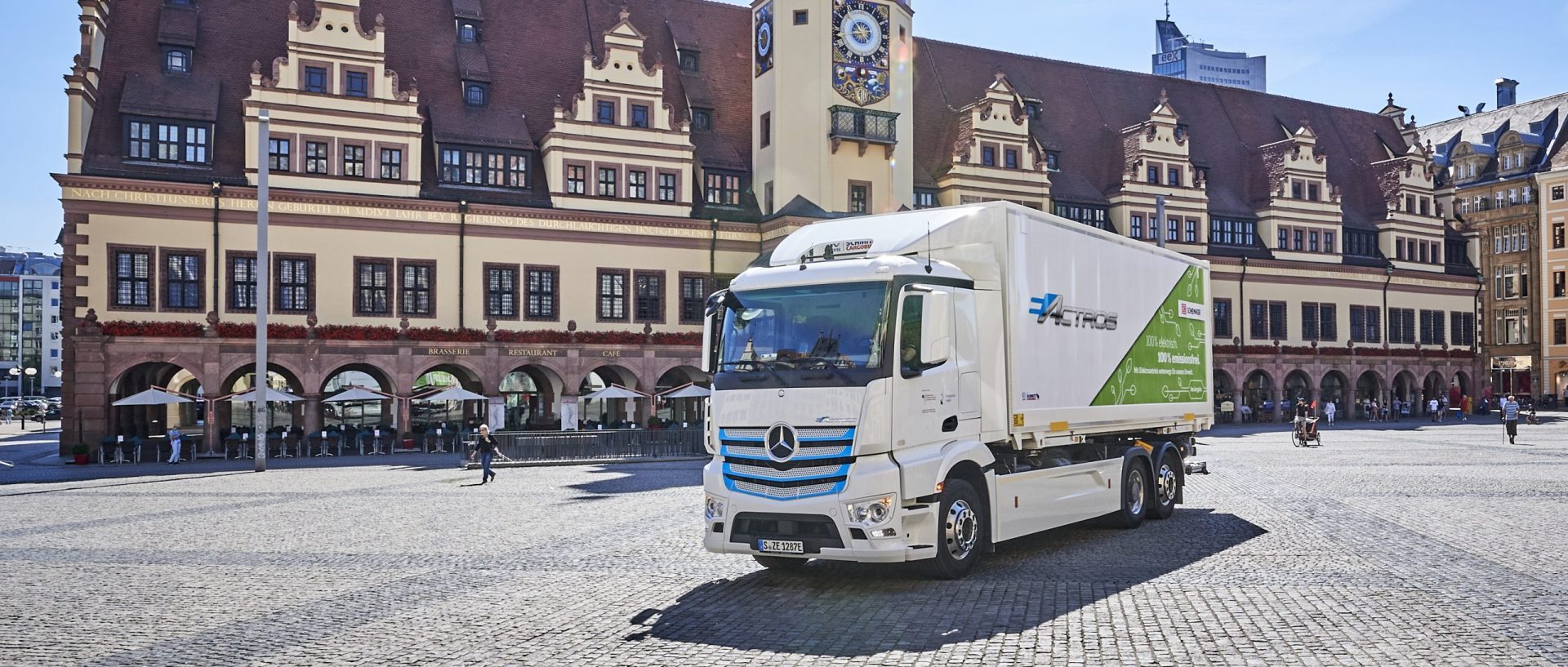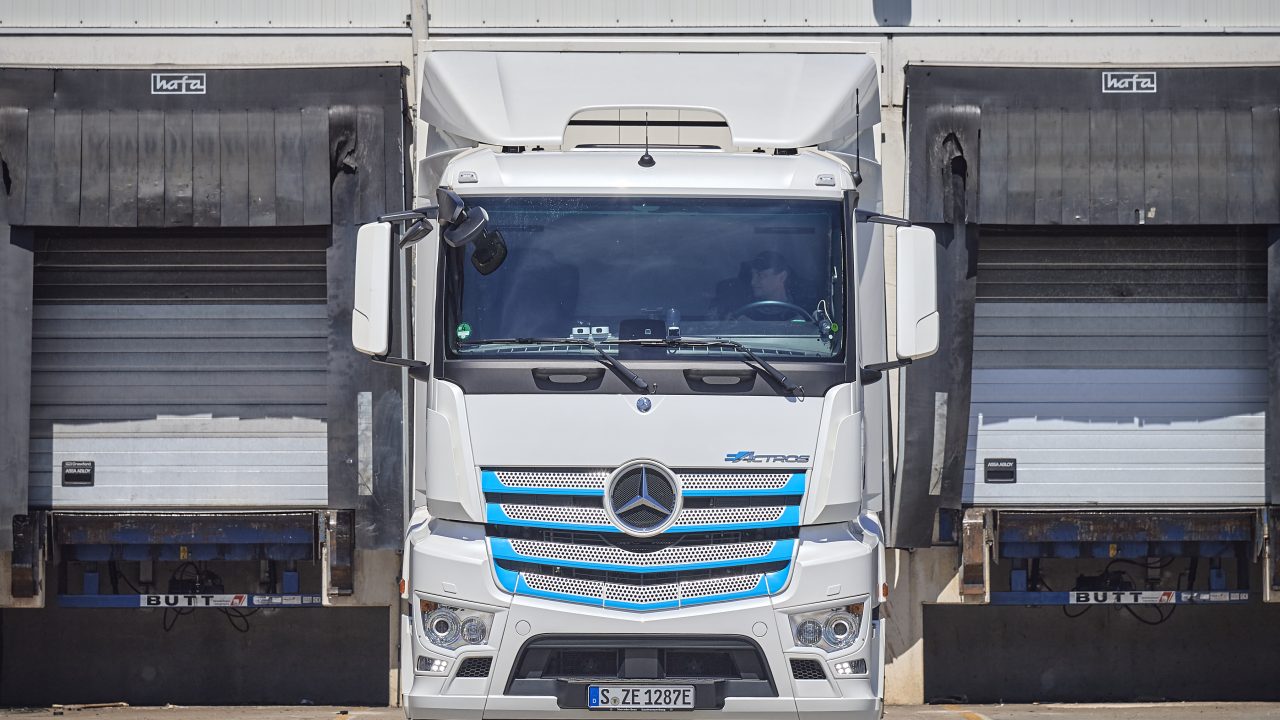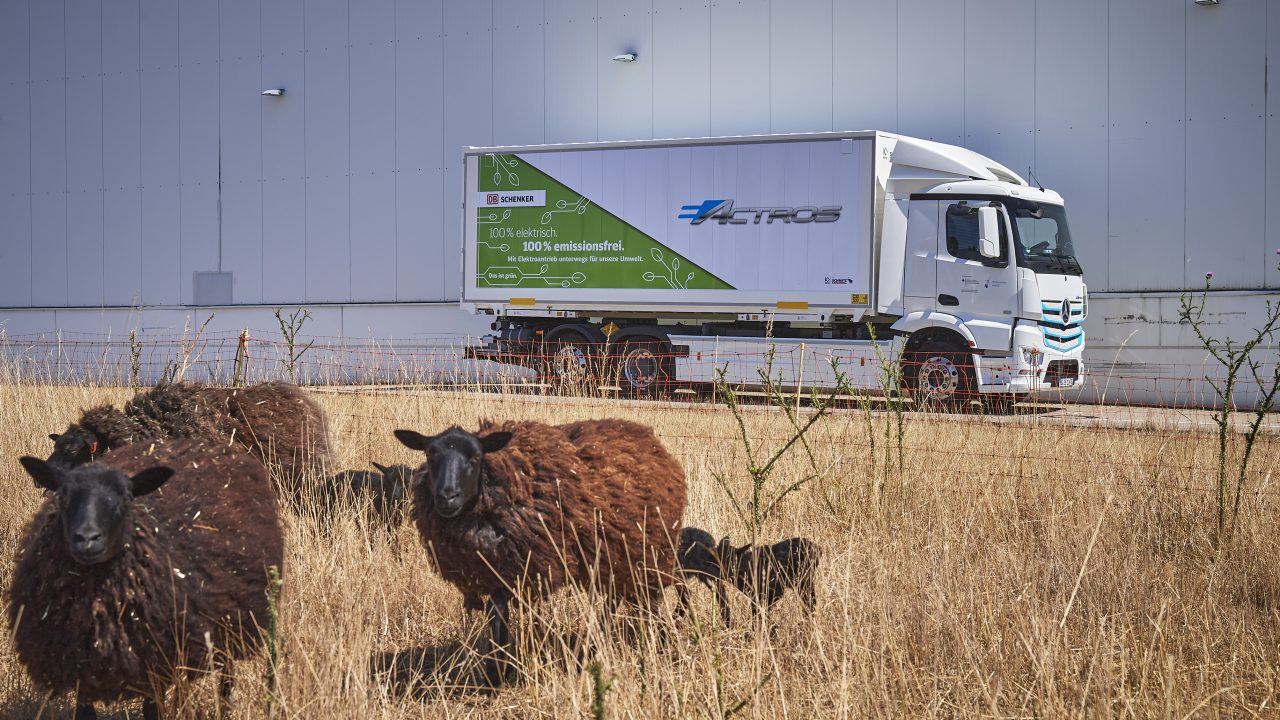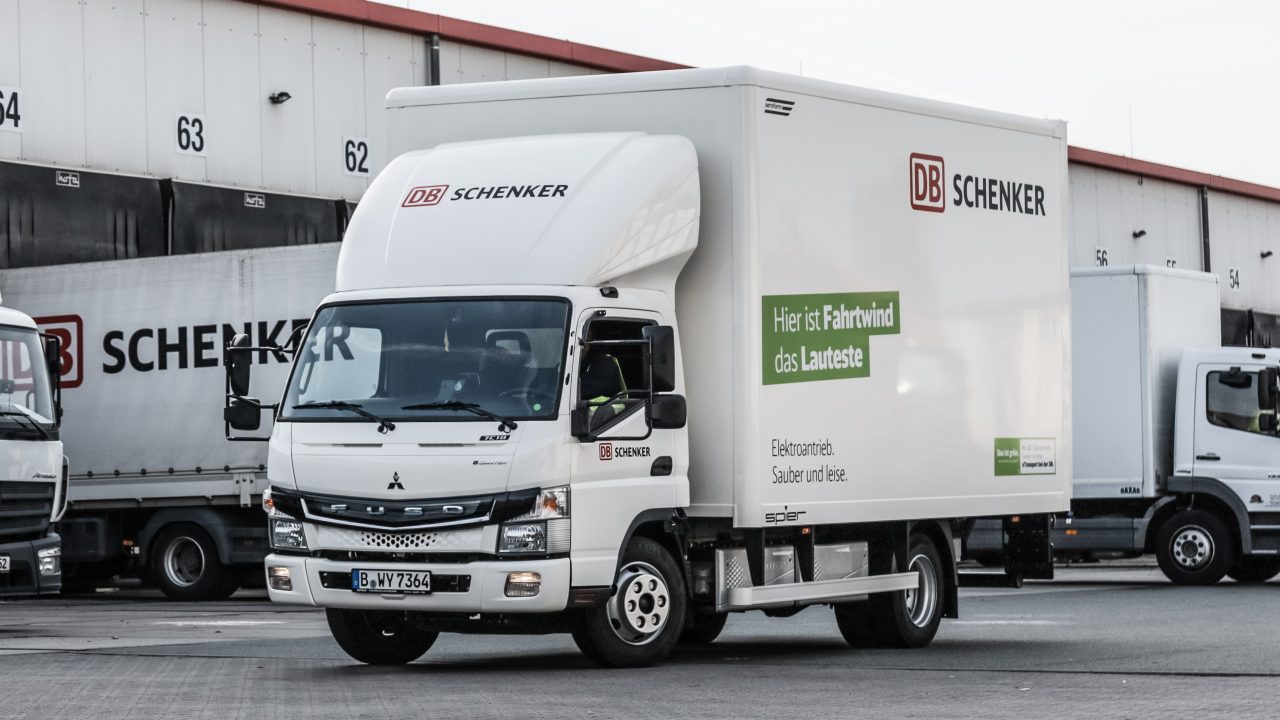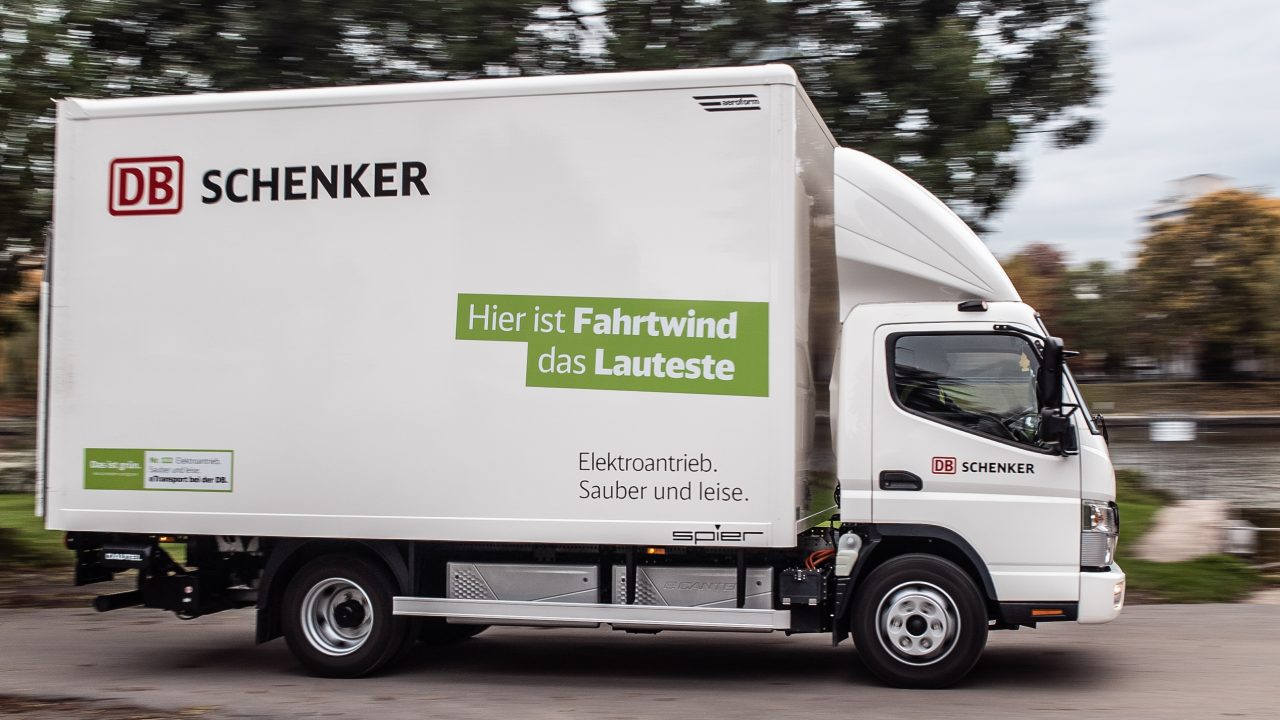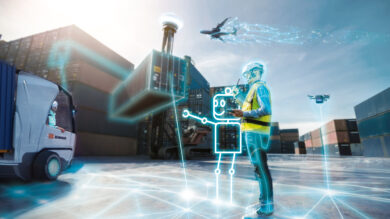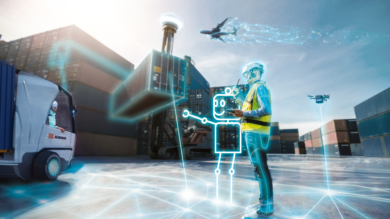Logistic companies are investing more and more in e-mobility. The benefits: sustainability, higher efficiency and higher productivity. However, there are also challenges: the operating distance, the costs of an e-truck and the charging time. Is it possible to replace all diesel trucks with electric trucks and use just e-mobility in land transport? Some of the big players in the industry are testing and implementing different alternatives, especially for short distance and last mile deliveries.
“Electric mobility is an important field of research – both with regard to achieving climate targets and with respect to limited fossil resources. It creates numerous opportunities for German car manufacturers, the energy sector and the IT industry.”
What is e-mobility in land transport?
E-mobility describes electrically powered vehicles. E-vehicles have a rechargeable battery and an electric engine, meaning there is no need for fuel. In 1881, M. Gustave Trouvé developed the first three-wheeler with an electric engine and rechargeable battery.
In 1899, the first electric vehicle was produced. It was able to drive with a speed of more than 100 kilometers per hour. The first haul trucks were produced in 1914, for use especially by the fire brigade and garbage disposal units.
In the 1970s, the possibility of using hybrid power was explored for buses. Starting in 1972, Mercedes-Benz developed and tested vehicles with batteries. At that time, further development was not explored due to high costs and low operating distances.
At the beginning of 2000, newly developed batteries and progress in electronic control systems made it more attractive for the automotive industry to further develop e-trucks. Volvo, Renault, Tesla, Mercedes and various other automotive companies have produced e-trucks in the last five years which have been tested by different logistics companies.
The benefits – Zero emissions and noise pollution
One of the main benefits for the logistics industry is the possibility of emission-free delivery: An e-truck can save around 40 tons of carbon dioxide compared to a conventional truck. In current times, such engagement towards sustainability is not only an important commitment for social responsibility but also an important selling point for customers demanding greener supply chains.
Another benefit is the reduced noise of an electric engine compared to a fuel engine. This makes it possible to deliver in urban areas during the night, resulting in an increased number of possible deliveries and higher efficiency. With less noise and no vibration from the engine, an electric truck is also much more comfortable for the driver.
The challenges – Charging and return on investment
Is it possible to replace all diesel trucks with e-trucks? What about the operating distance? And charging? These are the main challenges and questions the logistics industry is currently facing.
For the widespread use of e-trucks, charging will need to be fast, reliable and convenient. Right now, companies only test one e-truck at a time, but what will happen to the power supply if multiple e-trucks need to be charged simultaneously? This issue will impact the power supply alongside the recharging infrastructure at warehouses.
Due to the high cost of batteries, e-trucks are currently expensive with low production rates and a short operating distance of up to 300 kilometers. Tesla is testing an e-truck with an operating distance of 800 kilometers, but experts of the automotive industry are skeptical.
Short distance transport – eActros and Volvo FL Electric
Because of these challenges, the logistics industry is currently testing e-mobility options with short-distance deliveries of up to 200 kilometers. In Leipzig, Germany, for example, DB Schenker is currently testing an eActros truck in cooperation with Daimler. With an operating distance of 200 kilometers, 6 hours of recharging and a carry weight of 8 tons of goods – while saving around 114 kilograms of carbon dioxide every day. DB Schenker tests the eActros in the city center, where it is transporting load units which are too heavy or difficult to be delivered as a package. Up to 20 deliveries are completed every day, leaving time to recharge the truck during the night.
In Oslo, DB Schenker is testing a Volvo FL Electric truck with a loading capacity of up to 16 tons, which the company presented together with the Norwegian Prime Minster.
Last mile deliveries – Fuso eCanter and eFuso
The usage of e-trucks within last mile delivery becomes increasingly attractive while more and more cities are banning the use of diesel trucks. DB Schenker, for example, is already using two electric alternatives: the Fuso eCanter and the eFuso from Daimler. The logistics company boasts the largest electric fleet of the eFuso in Europe, consisting of 41 vehicles in total.
E-mobility, however, is not just about trucks. Electric cargo bikes present another possibility for sustainable last mile deliveries. In Hamburg, for example, the world’s first XXL cargo bike is in operation for DB Schenker. With a length of 6.5 meters and a freight capacity of up to 500 kilograms, the cargo bike has one clear advantage: traffic jams and a shortage of parking spaces are no longer a problem.

E-mobility – The future of land transport?
Will e-mobility be the future of land transport? For now, this question is hard to completely answer. The benefits are clear, but challenges remain which must be overcome. What is clear, however, is the demand and the drive for sustainable supply chains – by customers, by logistics providers and by society. E-mobility could be a huge part of that journey.
Published: December 2020


